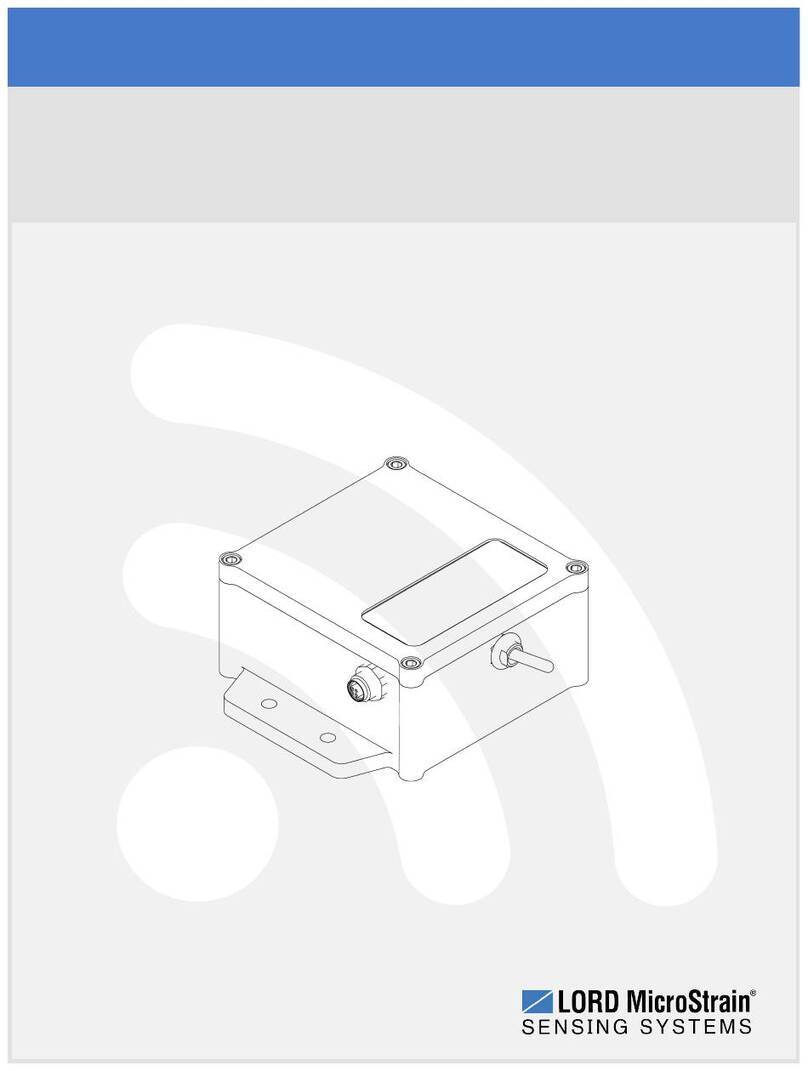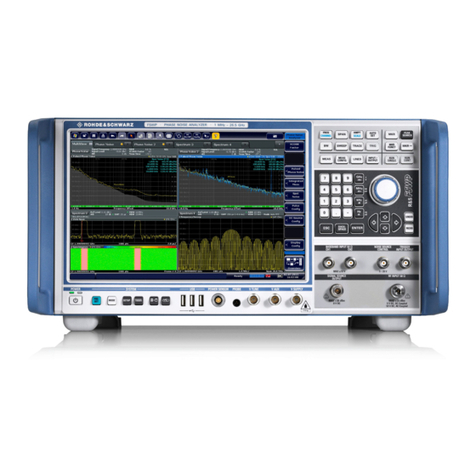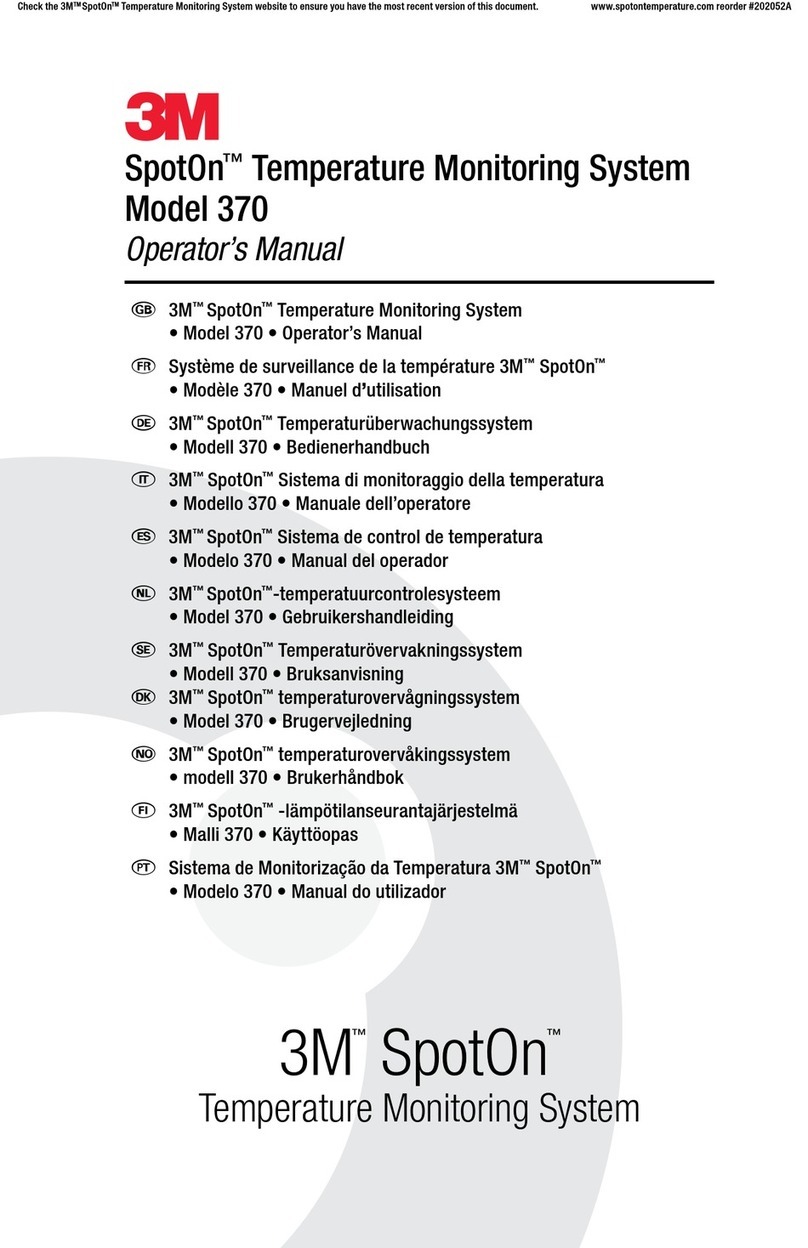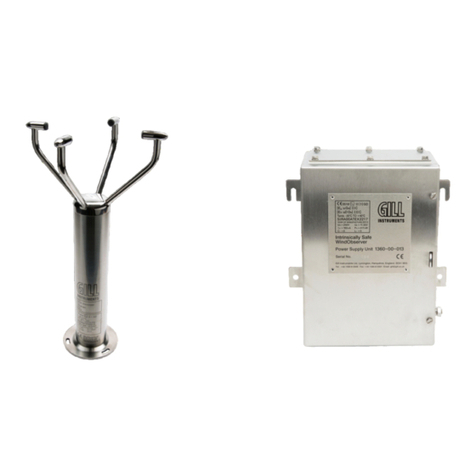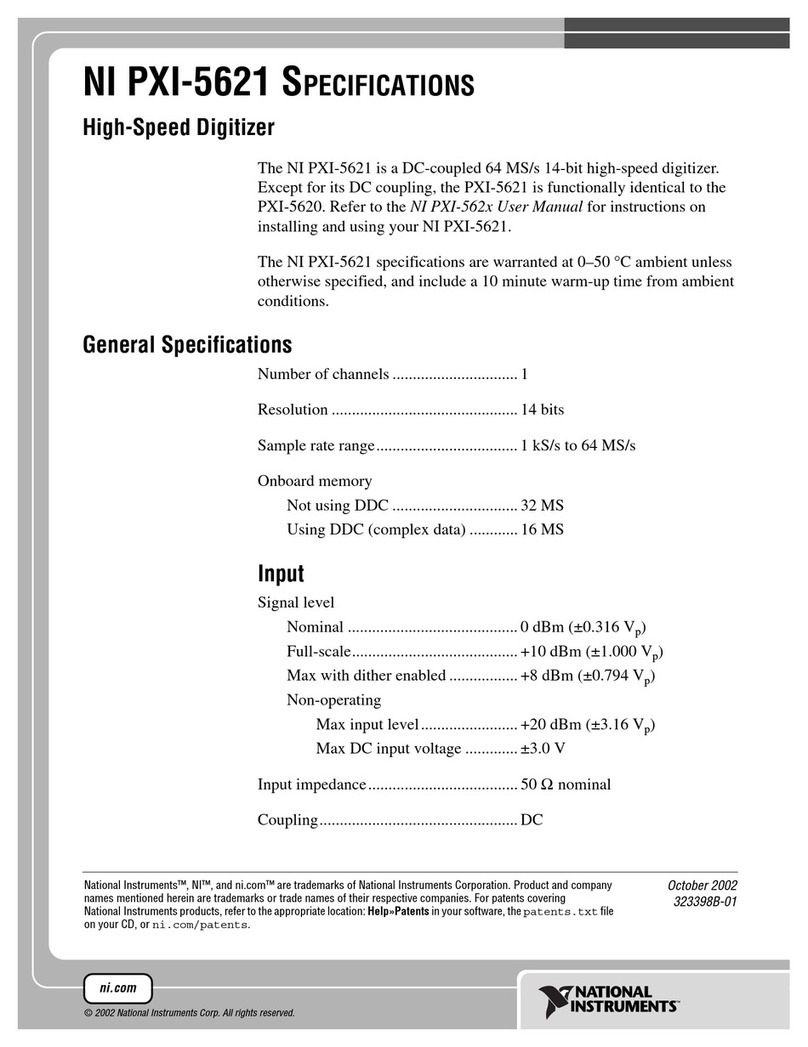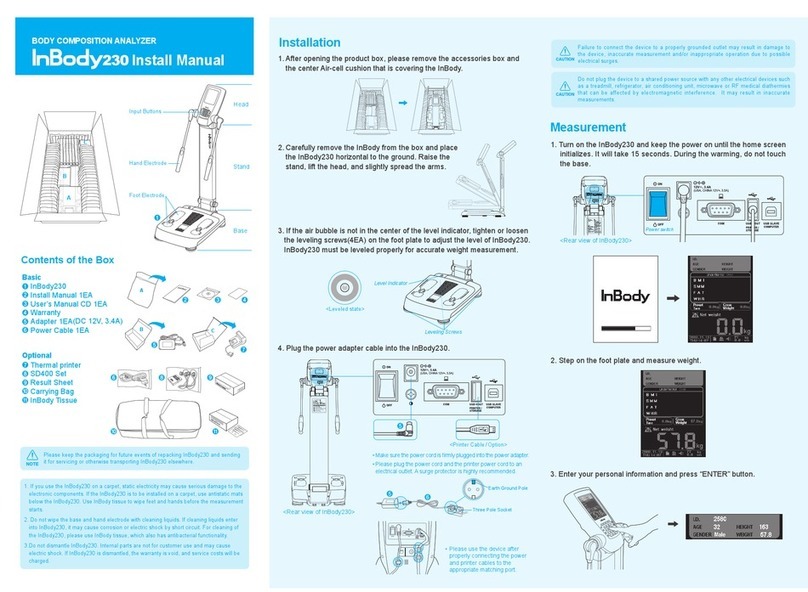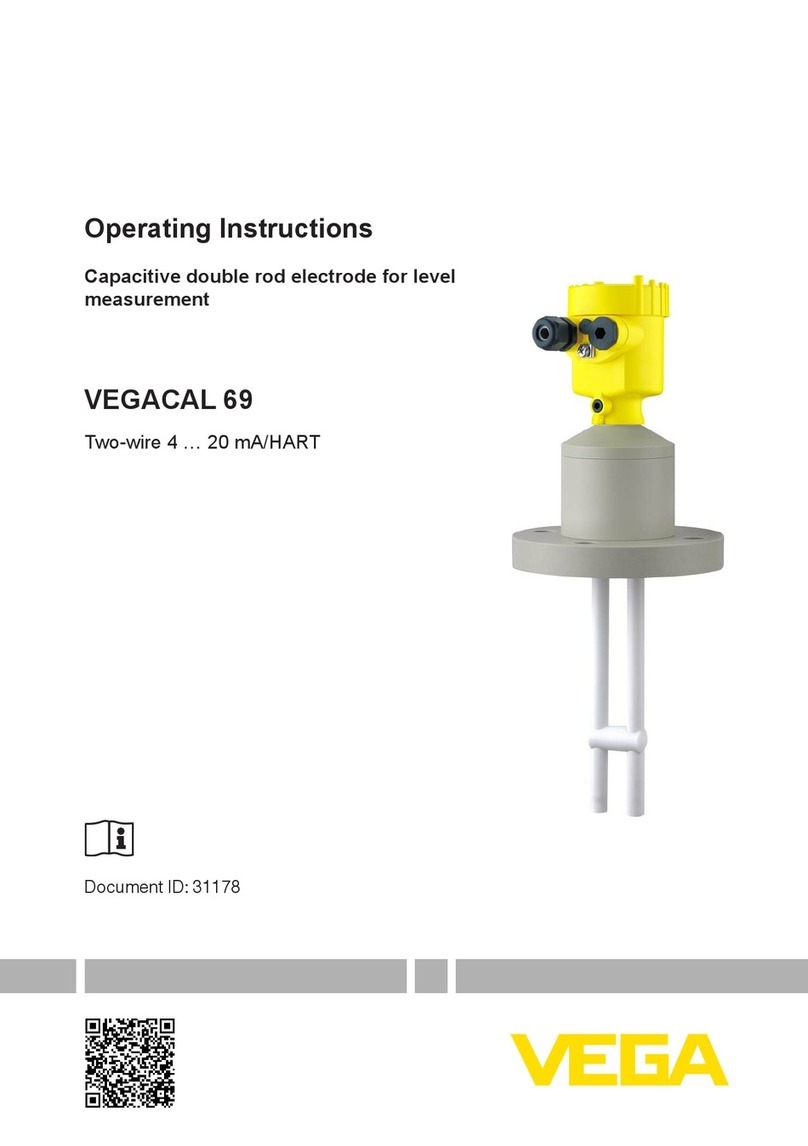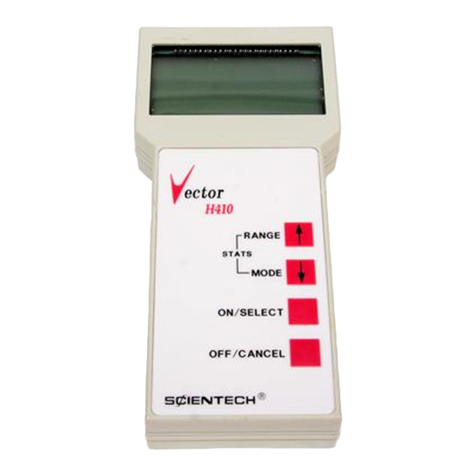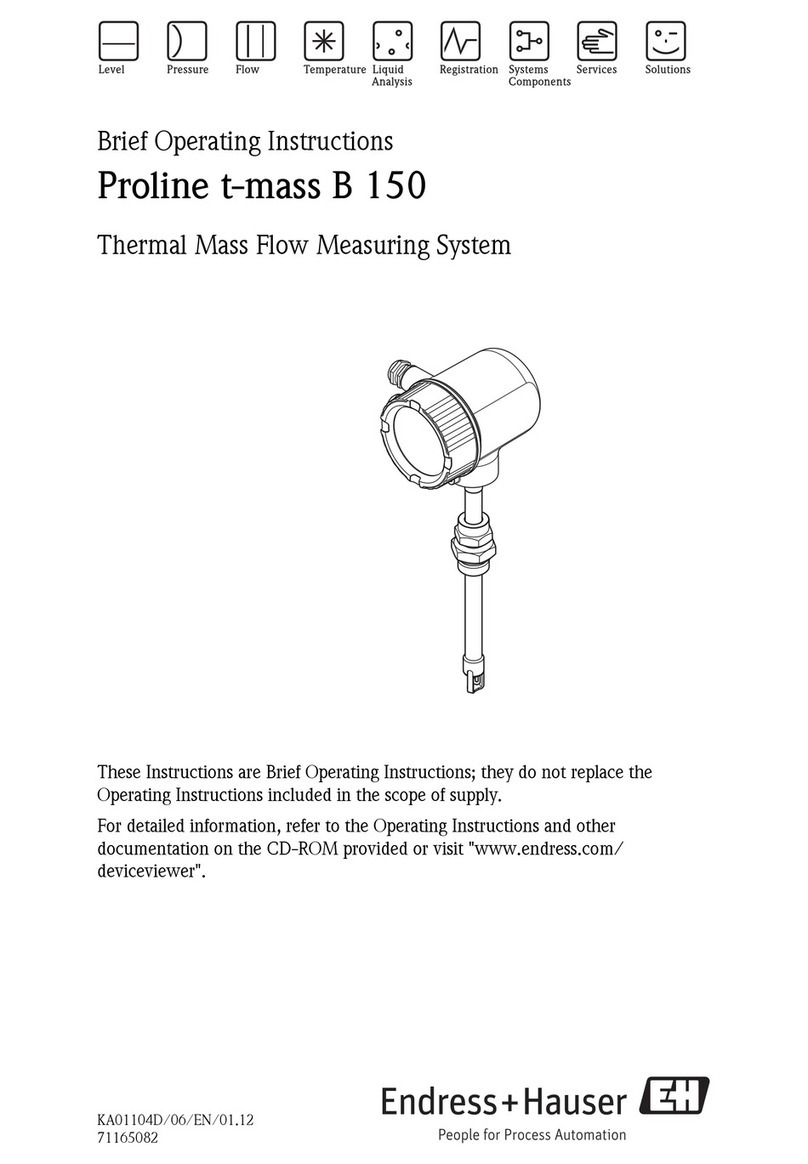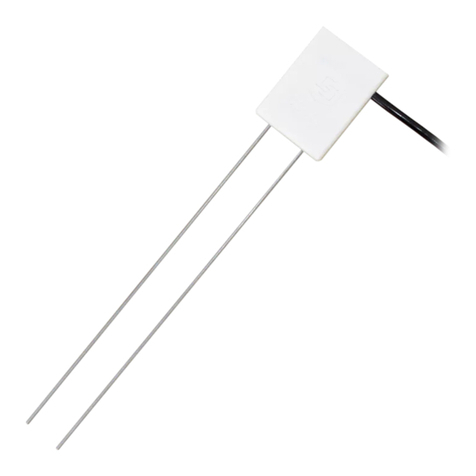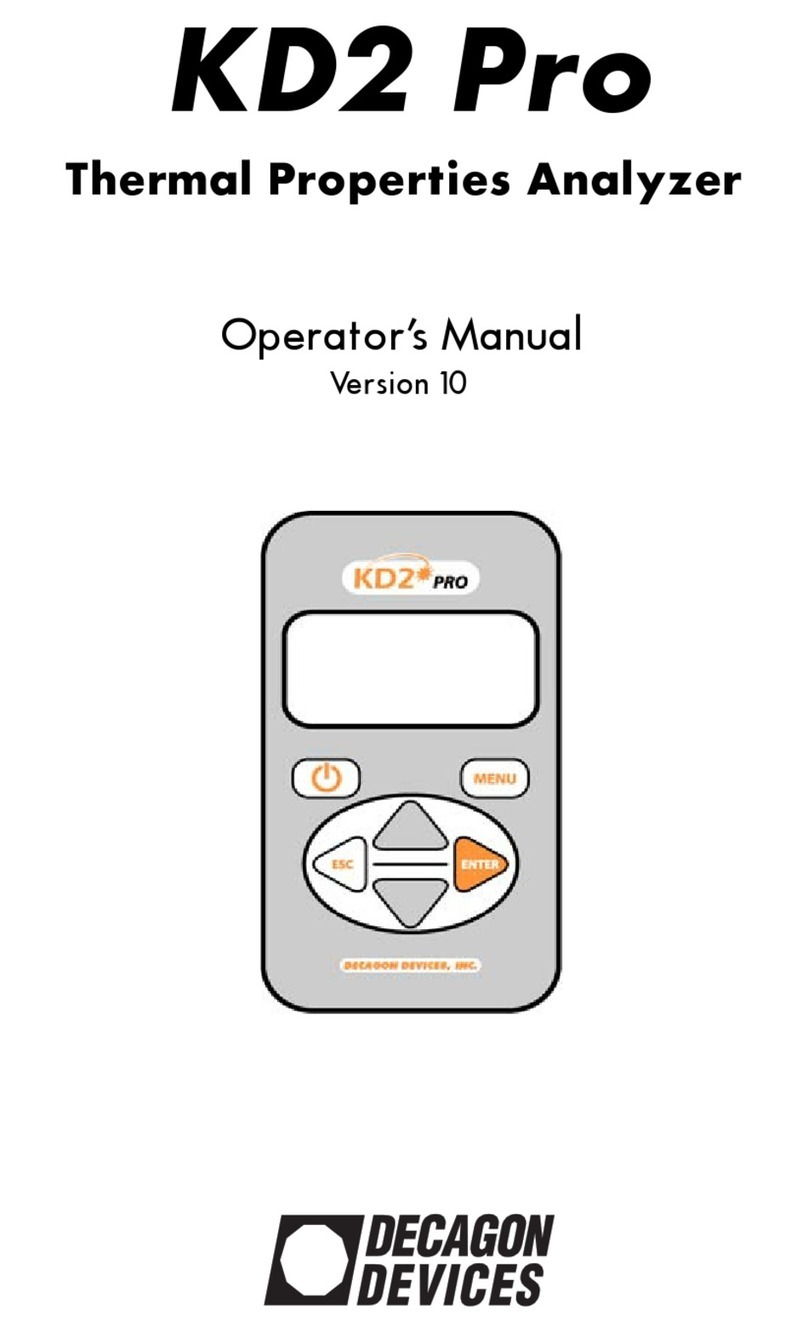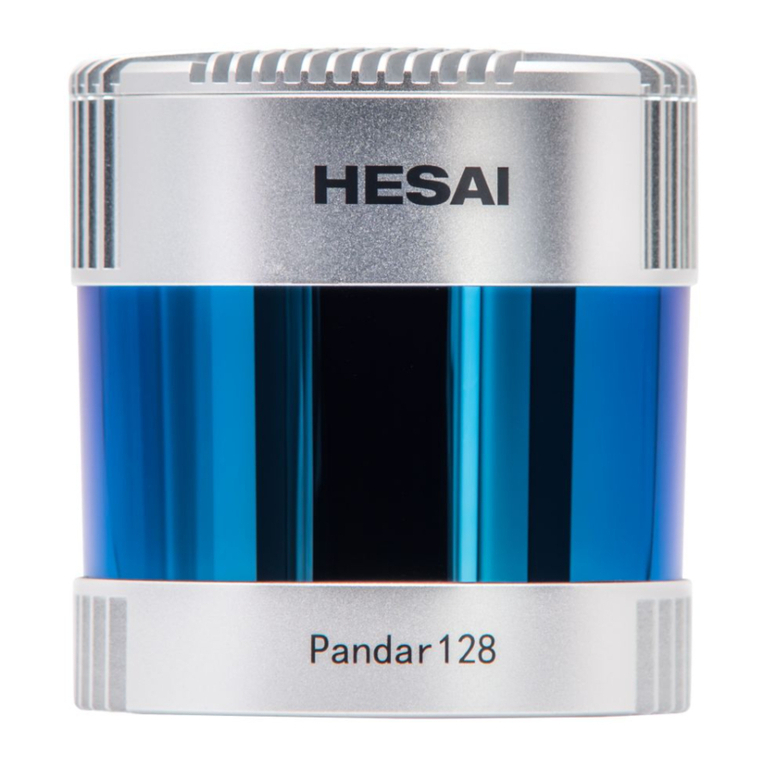Huawei FusionCol8000-E400 User manual

HUAWEI TECHNOLOGIES CO., LTD.
FusionCol8000-E400 Modular Indirect
Evaporative Cooling System
Quick Guide
Issue: 03
Part Number: 31500EVS
Date: 2021-04-07

1Copyright © Huawei Technologies Co., Ltd. 2021.
All rights reserved.
1Overview
Item FusionCol8000-E400
Power 380–415 V AC, 3 Ph, 50 Hz/60 Hz
Net weight 10,000 kg
Dimensions (H x W x D) 3600 mm x 3500 mm x 6058 mm
(1) Outdoor air exhaust vent (5) No. 2 maintenance door (9) Condensate drainpipe
(2) Electric control box (6) No. 3 maintenance door (10) No. 4 maintenance door
(3) ELV control box (7) Spray water refill pipe (11) No. 5 maintenance door
(4) No. 1 maintenance door (8) Spray drainpipe (12) Indoor air return vent
External Components
The information in this document is subject to change due to version upgrade or other
reasons. Every effort has been made in the preparation of this document to ensure accuracy
of the contents, but all statements, information, and recommendations in this document do
not constitute a warranty of any kind, express or implied.
Only qualified or trained technical personnel are allowed to perform operations on the
device. Operation personnel should understand the composition and working principles of
the smart cooling system and local regulations.
Before installing the device, read the user manual carefully to get familiar with product
information and safety precautions. Huawei shall not be liable for any consequence caused
by violation of the storage, transportation, installation, and operation regulations specified in
this document and the user manual.
Use insulated tools when installing the device. For personal safety, wear proper personal
protective equipment (PPE).

2
Internal Components
(1) Outdoor air exhaust vent (8) Evaporator (15) Outdoor air intake vent
(2) Electric control box (9) Water pump (16) Spray system
(3) ELV control box (10) Condensate water pan (17) Heat exchanger core
(4) Outdoor exhaust fan (11) Indoor air fan (18) Air return filter
(5) Compressor (12) Indoor air supply vent (19) Compressor drive
(6) Spray water tank (13) Air supply fan drive (20) Exhaust fan drive
(7) Condenser (14) Differential pressure switch
2Preparations
Materials delivered with
equipment
Ground bolt M12x30, cable tie, OT terminal, condensate drainage water
seal (DN25), drainage blowdown water seal (DN40), expansion bolt
M16x150, sealing putty, tapping screw, color swatch
Optional components Motorized damper (air exhaust/air supply), rainproof canopy, and electric
heater components
Engineering
purchase
Water pipe •Spray water refill pipe: G 3/4 inch inner screw thread (DN20)
•Spray drainpipe: G 1-1/2 inch inner screw thread (DN40)
•Condensate drainpipe: G 1 inch inner screw thread (DN25)
Cable •Power cable: 3 x 120 mm² (L1/L2/L3) + 70 mm² (PE), active and
standby power cables
•Ground lug or ground cable: hot-dip zinc-coated flat steel sheet with
a cross-sectional area of 40 mm x 4 mm, or ground cable of 95 mm2
and M12 OT terminal
Special Tools
2.2
Indoor installation scenario: Crane (lifting capacity ≥ 15 tons), moving dolly, electric forklift (with
long arms)
Outdoor installation scenario: Crane (lifting capacity ≥ 15 tons)
Preparing Materials
2.1

3
Requirements for Maintenance Space
2.3
Unit: mm
(1)Wall
(2)Electric control box
Concrete Platform Scenario
3.1
3Securing the FusionCol8000-E
1. Read the related user manual before installing the device.
2. Ensure that the concrete platform levelness meets the requirements before installation.
3. It is recommended that the strength of the concrete foundations be at least C20 and
the load-bearing capacity of the ground be greater than or equal to 500 kg/m2.
1. Determine the location of concrete platforms according to the site space and equipment
dimensions. Mark the reference points of concrete platforms using an ink fountain and
measuring tape.
•When marking the mounting positions for concrete platforms, ensure that the four lines form
a rectangle.
•When the equipment is installed indoors, it is recommended that shock pads be installed.
•It is recommended that the strength level of the concrete foundation be C20 or higher.
(1) FusionCol8000-E
(2) Concrete platform
Unit: mm
Separate Installation

4
Combined Installation (1) FusionCol8000-E
(2) Concrete platform
Unit: mm
2. Connect the steel hoisting ropes, and hoist the equipment onto the concrete platforms.

5
3. Secure the equipment to the concrete platforms using right angle brackets.
Grounding the FusionCol8000-E
3.2
Before the installation, remove the tinfoil from the ground lugs.
Method 1: Installing a Ground Lug

6
Method 2: Installing a Ground Cable
4Connecting Water Pipes
1. Install water pipes.
(1) Condensate drainpipe (DN25)
(2) Spray drainpipe (DN40)
(3) Spray water refill pipe (DN20)
•When installing the water seal,
keep it horizontal and allow a
maximum downward inclination of
5°.
•Install the water seal in strict
accordance with the figure to avoid
reverse connection.
Ground cables can be
routed through plastic-
coated metal hoses for
protection based on site
requirements.
1. The water pipes are connected using thread connectors. The threaded joints must be sealed
with sealing tape or thread adhesive.
2. Clean the external water pipes before connecting them to the water inlet and outlet pipes.
3. Connect the water inlet and outlet pipes of the FusionCol8000-E using thread connectors.
When connecting the water pipes, do not exert excessive force to prevent damage to the
pipes. (When connecting the pipes, use two pipe wrenches or chain pliers.)
4. At low temperatures, take thermal insulation measures to prevent water pipes from
freezing.
5. Water pipes must be wrapped with thermal insulation foam (including the buried pipes).

7
Sealing putty
Paper protective film
2. Remove the paper protective film from the sealing putty.
3. Seal the gap between the water pipe and the equipment using sealing putty after the pipe
is correctly connected.
4. Condensate drainpipes and water refill pipes may freeze and thereby be blocked or crack in
low-temperature areas. Anti-freezing measures must be taken for the pipes.
(1) Water seal
(2) Electric heating belt
(3) Water refill pipe
(4) Drainpipe (The end needs to be
connected to the utility drainpipes.)
(5) Soil
5. Wrap the electric heating belt (distance ≥ 27 mm) before wrapping the thermal insulation
foam. The thermal insulation foam must be able to withstand a temperature higher than
200°C.
5Installing Air Ducts
Installing a Supply Air Duct Dimensions of reserved holes on the equipment
•The supply air duct needs to
be prepared onsite. The
following figure is for
reference only.
•Use six screws (M10x25) to
secure the horizontal
section and use three
screws (M10x25) to secure
the vertical section.
Unit: mm

8
1. Install flanges on the supply air vent.
(1) Foolproof notches
Install flanges according to the foolproof notch positions shown in the figure.

9
Installing a Return Air Duct
Dimensions of reserved holes on the equipment
•A return air duct needs to be prepared by the customer based on the site requirements.
The air duct in the figure is for reference only.
•The horizontal section is secured using five M6x12 screws, and the vertical section is
secured using three M6x12 screws.
Unit: mm
2. Install the supply air duct.

10
1. Install flanges on the return air vent.
2. Install the return air vent.
Connecting Power Cables and Signal Cables
6.1
6Connecting Cables
1. All power cables and ground cables must
comply with local national standards.
2. After connecting power cables and checking
cable connections, use sealing putty to fill in
the gap between the cables and the cabinet
(as shown in the right figure), and the sealing
putty can be obtained from the fitting bag.
(1) Paper protective film (2) Sealing putty (mandatory)

11
No. X501 X502 X504
1Smoke sensor power supply
(12 V DC)+ Water sensor Outdoor exhaust air damper 24 V DC
2 Smoke sensor feedback–Water sensor Outdoor exhaust air damper GND
3Port for remote startup and
shutdown+
Fresh air damper 24 V DC Outdoor exhaust air damper U
(feedback)
4Port for remote startup and
shutdown–Fresh air damper GND Outdoor exhaust air damper Y (control)
5Port 1+ for reporting
common alarms Fresh air damper U (feedback) Indoor side supply air damper 24 V DC
6Port 1–for reporting
common alarms Fresh air damper Y (control) Indoor side supply air damper GND
7Port 2+ for reporting
common alarms N/A Indoor side supply air damper U
(feedback)
8Port 2–for reporting
common alarms N/A Indoor side supply air damper Y
(control)
(Side cabling) (Bottom cabling)
(Optional) Connecting Signal Cables
Signal cable terminal (using X501 as an example)
•The left figure shows the arrangement of signal cable
terminals X502 and X504.
•If a water sensor (rope-type) is connected to the outside,
connect the signal cable to terminals X201 and X202.
Connecting Power Cables
In side cabling mode, remove baffle plates 1 and 2 in front of the cable holes, install the protective coil on baffle plate 1, install
baffle plate 1 to the original position, and then route the power cables through the protective coil and cable holes in sequence.
(1) Baffle plate 1
(2) Baffle plate 2

12
Name Address DIP Switch ID
1 2 3 4 5 6
Air return 2 T/H sensor 1ON OFF OFF OFF OFF OFF
Outdoor intake air 1 temp/humid 31 ON ON ON ON ON OFF
Outdoor intake air 3 temp/humid 32
OFF
OFF OFF OFF OFF ON
Cold aisle 1 temp/humid 11 ON ON OFF ON OFF OFF
Cold aisle 2 temp/humid 12 OFF OFF ON ON OFF OFF
Cold aisle 3 temp/humid 13 ON OFF ON ON OFF OFF
Cold aisle 4 temp/humid 14 OFF ON ON ON OFF OFF
Cold aisle 5 temp/humid 15 ON ON ON ON OFF OFF
Cold aisle 6 temp/humid 16
OFF
OFF OFF OFF ON OFF
Hot aisle 1 temp/humid 21 ON OFF ON OFF ON OFF
Hot aisle 2 temp/humid 22 OFF ON ON OFF ON OFF
Hot aisle 3 temp/humid 23 ON ON ON OFF ON OFF
Hot aisle 4 temp/humid 24 OFF OFF OFF ON ON OFF
Hot aisle 5 temp/humid 25 ON OFF OFF ON ON OFF
Hot aisle 6 temp/humid 26
OFF
ON OFF ON ON OFF
1. Connect the IN port on the first T/H sensor outside the cabinet to the RS485/12V port on the
main control board.
2. Connect the OUT port on the T/H sensor outside the cabinet to the IN port on the next T/H
sensor outside the cabinet in series.
3. Set the DIP switches on the T/H sensors.
Each smart cooling product supports a
maximum of twelve T/H sensors outside the
cabinet, including a maximum of six cold aisle
T/H sensors and six hot aisle T/H sensors.
(1) RS485/12 V port on the main
control board
(2) Connecting to a T/H sensor
outside the cabinet
The T/H sensors outside the cabinet are used to detect the long-distance temperature and
humidity. They can be flexibly installed based on the onsite situation. It is recommended that
the sensors be deployed near heat sources, or near places that lack cooling air. Place the T/H
sensors outside the cabinet near the cabinet and do not directly face them to the air exhaust
vent of the equipment.
(Optional) Connecting T/H Sensors Outside Cabinets
6.2

13
(Optional) Connecting a Motorized Damper
6.3
(1) Air damper
(2) Air damper actuator
(3) Signal terminal
Connecting cable terminals
•The default T/H sensor address is 1.
•Keep the last RS485_R DIP switch at OFF.
•After the addresses are set, power on the device. On the display's home screen, choose
Settings > System Settings > T/H Sensor, and set the sensors in the aisles corresponding
to the addresses to Enable. Otherwise, the sensors will not work.
(Optional) Installing a Rainproof Canopy
6.4
1. Assemble the rainproof canopies 1# to 4#.
2. Attach rubber strips to the frame of the screws
securing the unit in the sequence from 1# to 2#,
and then secure rainproof canopies 1# and 2# to
the unit using nine M10x25 screws, as shown by
(1) in the figure on the right.
3. Install the water-retaining sheet metals under
the rainproof canopies 1# and 2#.
4. Attach rubber strips to the frame of the screws
securing the unit in the sequence from 3# to 4#,
and then secure rainproof canopies 3# and 4# to
the unit using nine M10x25 screws, as shown by
(1) in the figure on the right.
5. Use six M10x25 screws to secure the 3# and 4#
rainproof canopies to the beam above the
outdoor air intake vent, as shown by (2) in the
figure on the right.

14
(Optional) Installing Electric Heater Components
6.5
1. Remove the sheet metals from both sides of the condensate drain port.
2. Install the electric heater controller.
3. Remove the transformer from the electric control box.
4. Install a transformer. Install the transformer in the correct position in the power distribution
frame (PDF) and secure it using screws.
5. Connect the cables.
6. Route the heating belt and temperature sensor probe through the condensate drainage hole,
wrap the heating belt around the condensate drainpipe, and ensure that the temperature
sensor probe is closely attached to the drainpipe.
7. Use silicone sealant to seal the gaps between the heating belt, cables, pipe, and wall panels.
8. Hold down the SET button on the electric heater controller for 2s. Within 10s, press and
to set the parameter to 5°C, and press the SET button to save the setting.
Connect one end of the cable (cross-
sectional area: 3 x 1.5 mm2, length:
about 11 m) to the transformer
terminal on the electric control box
and the other end to the input
terminal of the electric heater
controller. The right figure shows cable
terminal connections.
(1) Electric heating belt
(2) Condensate drain outlet
sheet metal
(3) Electric heater controller
(4) Electric heating belt

15
(Optional) Connecting a Teamwork Network Cable and Monitoring
Cable
6.6
No.
Name
Description
1
Running indicator
-
2
Alarm indicator
-
3
FE_1 port
MAC_CAN teamwork
4
CAN_IN port
CAN teamwork and RS485 monitoring cascading
5
RS485/12V port
Connects a temperature and humidity (T/H) sensor.
6
USB port
Connects a WiFi module or USB flash drive.
7
SW button
Button for restoring factory settings
8
FE_2 port
MAC_CAN teamwork
9
CAN_OUT port
CAN teamwork and RS485 monitoring cascading
10
COM/FE port
Connects a monitoring communications cable.
11
DP port
Connects to the display.
1. Crimp a network cable.
PIN
Color
FE_1 and
FE_2
CAN_IN and
CAN_OUT
RS485/12V
Port
COM/FE
Port (FE
Monitoring)
1
White
-and
-
orange
FE TX+
RS485 T+ (+)
RS485 HT+
FE TX+
2
Orange
FE TX–
RS485 T
–(–)
RS485 HT
–
FE TX
–
3
White
-and
-
green
FE RX+
-
12V
FE RX+
4
Blue
-
RS485 R+
RS485 HT+
RS485+
5
White
-and
-
blue
-
RS485 R
–
RS485 HT
–
RS485
–
6
Green
FE RX–
-
-
FE RX
–
7
White
-and
-
brown
-
CANH
-
-
8
Brown
-
CANL
GND
-

16
PIN
Color
COM/FE Port (RS485 Monitoring)
4
Blue
RS485+
5
White
-and-blue
RS485
–
CAN Teamwork + RS485 Monitoring
2. Connect teamwork and monitoring communications cables.
Networking
Teamwork
Monitoring
Protocol
CAN
Modbus
-RTU
Connect the COM/FE
port on the main
control module of the
last smart cooling
product in each group
to the RS485 port on
the host.
CAN Teamwork + FE Monitoring
Networking
Teamwork
Monitoring
Protocol
CAN
Modbus
-TCP/SNMP
Customers can purchase Huawei's switch and NetEco for the monitoring system.

17
MAC_CAN Teamwork + RS485 Monitoring
Networking
Teamwork
Monitoring
Protocol
MAC_CAN
Modbus
-RTU
Connect the COM/FE port on the main control module of the last smart cooling product in each
group to the RS485 port on the host.
MAC_CAN Teamwork + FE Monitoring
Networking
Teamwork
Monitoring
Protocol
MCA_CAN
Modbus
-TCP/SNMP
Customers can purchase Huawei's switch and NetEco for the monitoring system.

18
Removing Compressor Fasteners
7.1
7Removing the Compressor Fasteners, Air Filter
Protective Cover, Desiccant Bags and Elastic
Cords
Removing Desiccant Bags
7.2

19
Removing the Air Filter Protective Cover
7.3
Push the air filter on the air return side upward obliquely, remove the air filter from the slot,
and remove the protective cover from the air filter. Secure the air filter.
Removing Elastic Cords on the Floats
7.4
Other manuals for FusionCol8000-E400
2
Table of contents
Other Huawei Measuring Instrument manuals
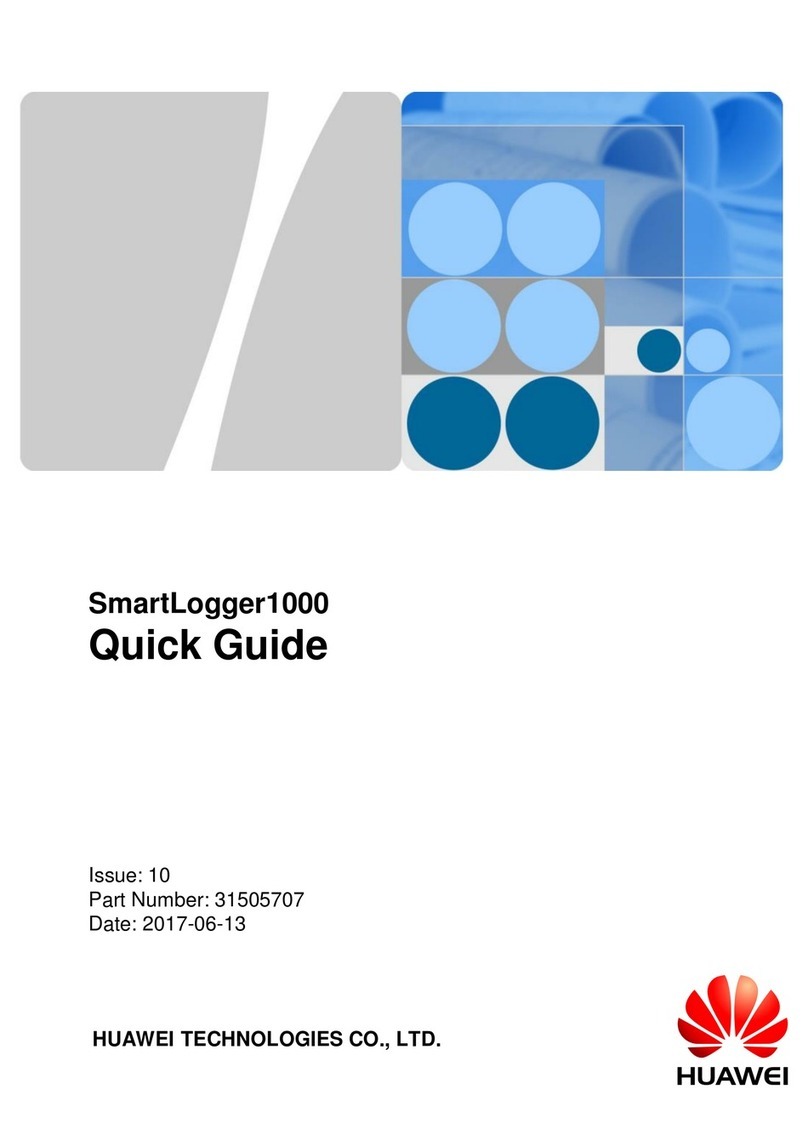
Huawei
Huawei SmartLogger1000 User manual

Huawei
Huawei SMU01A User manual

Huawei
Huawei SUN2000 Series User manual
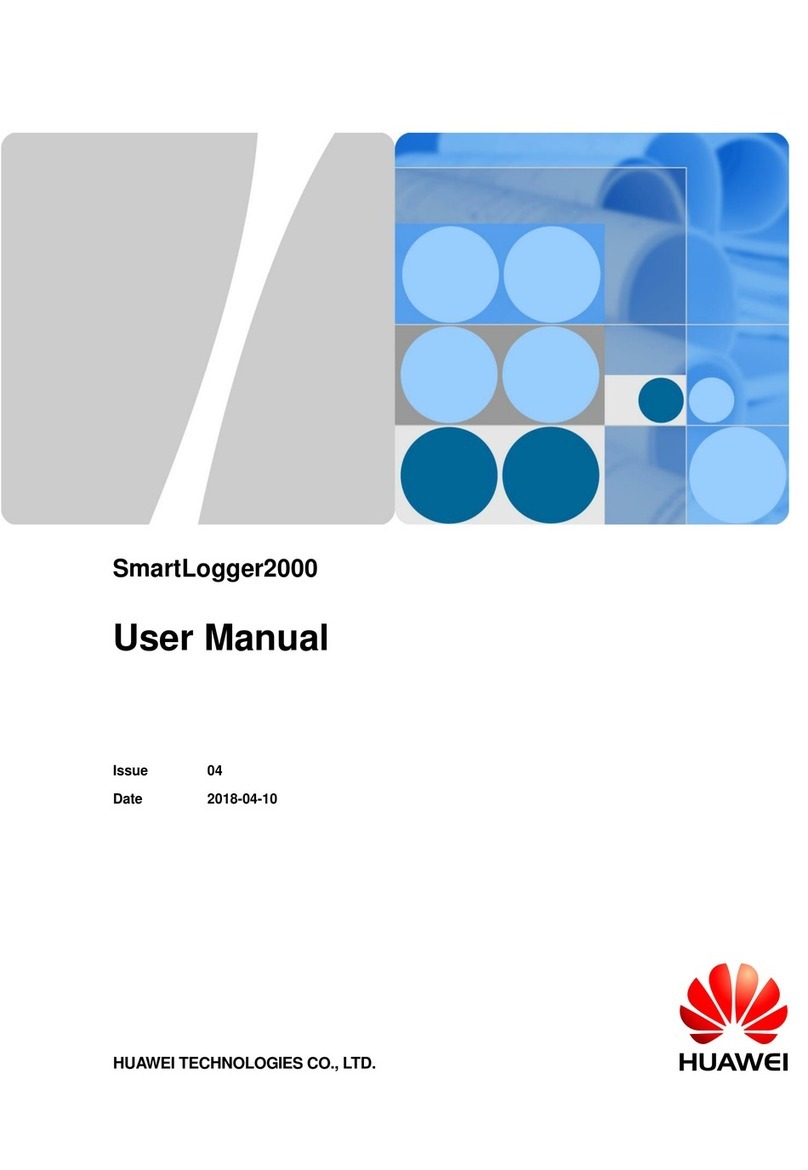
Huawei
Huawei SmartLogger2000 series User manual

Huawei
Huawei ECC500 User manual

Huawei
Huawei AISU User manual

Huawei
Huawei iBAT 2.0-CIM01C2 User manual

Huawei
Huawei FusionDC1000B User manual

Huawei
Huawei PDU8000 Series User manual
